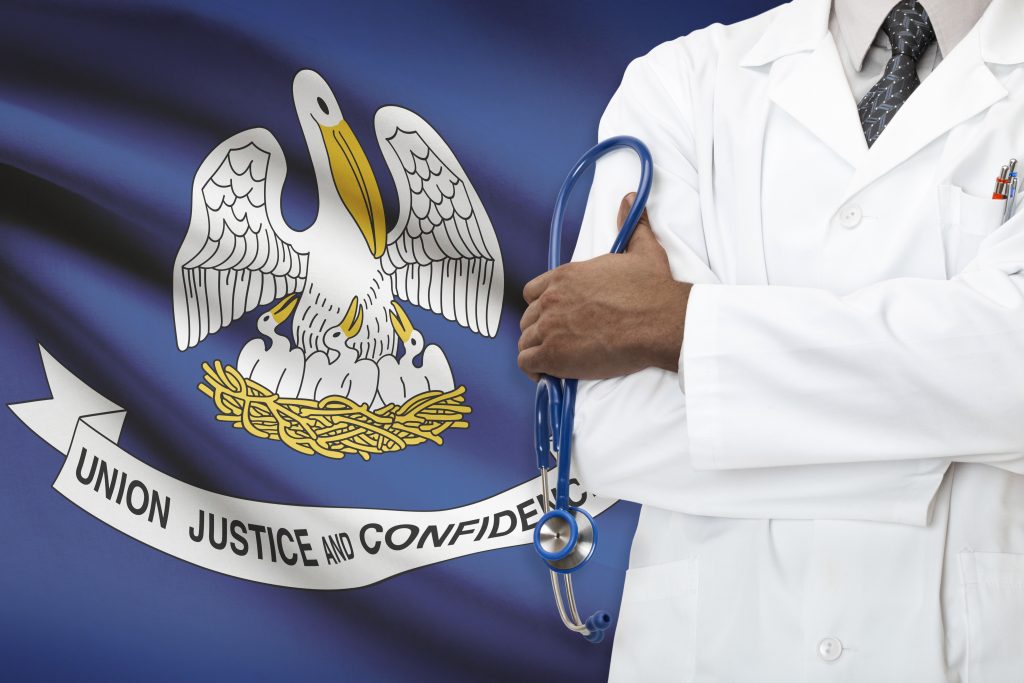Louisiana Senator Cassidy Leads Effort to Reform Federal Drug Pricing Program

The establishment of well-intentioned programs that fail to achieve their objectives and waste taxpayer dollars is an unfortunately frequent occurrence in the federal government. A prominent example of such an outcome is the 340B program, created by Section 340B of the Public Health Service Act of 1992, which requires pharmaceutical manufacturers participating in Medicaid to sell drugs to “covered entities” (CEs) at discounts of 20 to 50 percent. On April 24, 2025, the Senate Health, Education, Labor and Pensions (HELP) Committee Majority Staff , under Chairman Bill Cassidy (R-La.), released a report on 340B that analyzed how it is being abused and identified necessary reforms.
Chairman Cassidy followed up on the release of the report with a July 31, 2025 HELP Committee hearing on healthcare affordability. He explained that the “discounts received by hospitals are supposed to make healthcare services more affordable and accessible for low-income and uninsured patients.” But many hospitals, he explained, “don’t pass discounts on to patients, requiring them to pay list-price for drugs when the hospital itself is getting a markedly reduced cost.” He called on Congress to specifically address the harms 340B discounts “have on the prices that Americans pay in the commercial market,” mentioning that “a recent study by the National Pharmaceutical Council found that 340B may make employer-sponsored insurance more expensive, costing workers an estimated $4.5 billion from 2017 to 2023.”
340B CEs include non-profit hospitals, clinics, and pharmacies (including for-profit pharmacies that contract with eligible non-profit hospitals). But the law does not require the CEs to pass on the savings from those discounts to patients, nor does it define a patient. CEs can thus “price the spread” by maximizing the difference between the discounted rate at which they purchase drugs at wholesale from manufacturers and the market rates at which they get reimbursed for those drugs by insurers.
The CEs pocket the difference instead of passing on the savings, leading to the growth of 340B from $9 billion in 2014 to $66 billion in 2023, and making it the second-largest federal prescription drug program after Medicare.
Employers are also impacted by 340B. Employer-sponsored health insurance plans lose more than $6.64 billion in foregone rebates each year, according to a study by data analytics firm IQVIA in 2023. The 340B program cost private employers $83 million in Louisiana alone. But it is not only private insurers on the hook. The 340B program cost Louisiana’s state and local employee health plans $21 million in 2023.
340B also raises costs for federal health programs. Medicare Part B drug spending per beneficiary is substantially higher at 340B hospitals than non-340B hospitals due to patients being prescribed more drugs or more expensive drugs. According to a June 6, 2015, Government Accountability Office report, per beneficiary spending at 340B hospitals in 2012 was $144 compared to $60 at non-340B hospitals. Medicare users pay for those “savings” either through higher premiums or out of pocket copays. CEs fail to pass on their savings to either Medicare patients or the 184.5 million taxpayers whose payroll taxes fund Medicare. A May 2024 Health Capital Group report found that growth in 340B CEs between 2014 and 2021 raised Medicaid spending by $391 per enrollee, or more than $32 billion annually, accounting for approximately 10 percent of total Medicaid spending.
The HELP Committee report made five recommendations. Congress should require annual reports on how 340B revenue is being used to save money for patients, address administrative burdens that could prevent patients from benefitting from the program, review the financial benefits to pharmacies and third-party administrators (TPAs) to help provide certainty over how increased fees impact CEs and patients, increase transparency and reporting requirements for contract pharmacies and TPAs, and most importantly, provide “clear guidelines to ensure that manufacturer discounts actually benefit 340B patients including examining legislative changes to the definition of eligible patient and contract pharmacies’ use of the inventory replenishment model.”
There have been sufficient reports by Congress, the media, and outside organizations about the corruption, costs, failures, and abuses of the 340B program. All that remains is the will to get the job done, which will both save taxpayers money and give low-income patients the discounts on drugs that they have long deserved. Chairman Cassidy should continue to lead the effort and move ahead with legislation to fix 340B.
